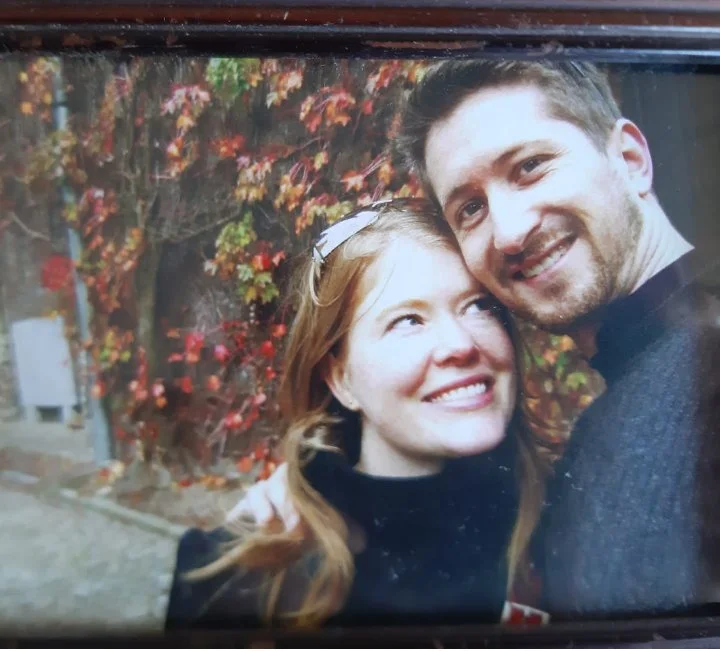What is rubbish?
Recently, our studio was challenged to a new type of project - to salvage something destined for landfill and transform it into an all weather, outdoor sculpture. As furniture designers we think of sculptural as functional and liked the idea of finding discarded furniture and then elevating it in order to push the conversation around the recent phenomenon of disposable and fast furniture. Which led us to ask ourselves the question; what is rubbish?
What is rubbish?
Overconsumption is something we as designers, and parents think about a lot. As humans we have reached a point where it's inevitable to discuss the impact of our consumption. The questions are different for different consumables like food and drink products than fridges, sofas and household furniture. What happens when these pieces reach the use by date?
Recycling, in its traditional meaning, uses a lot of energy and needs huge infrastructure and logistics systems in place to turn a used drink can into new raw material. Recycling furniture in this sense isn’t an easy option and repurposing and reusing these objects is a creative problem that needs solving. Throwing furniture away doesn’t mean it disappears, it just ends up somewhere else.
"A weed is a flower growing in the wrong place."
George Washington Carver, American agricultural scientist and inventor
There are options other than dumping on the side of the street. Passing the pieces on, so reusing the furniture is a simple one and 2nd hand furniture sites are popular especially with families and young people on the move. For the example of a child’s bed that means listing it on a local group,cleaning it up and passing it on to another family with different needs.
Upcycling would be to make the child’s bed better using your creativity. For example, converting it into a sofa by adding a padded back rest along 1- 3 of the bed edges.
Or you repurpose the child’s bed by building something out of the beds materials, like the wood or upholstered pieces to create a pet house, hanging frame, stool or outdoor fencing, as examples.
These ideas all tap into the Cradle-to-cradle design ideology where materials are viewed as nutrients circulating in healthy, safe environments. In order for this to work, the products - in this case furniture - need to be functional and in good condition and ideally be manufactured from natural materials. Which is one of the reasons we favour wood, metal and stone in our design process.
Leonhard and I have been creative partners for over 25 years and although we think and work very differently, what we are good at is bouncing each other's ideas around so that they become clearer and brighter. Always each other's biggest fan we excel at bringing out the core idea and swatting away all the rubbish ones.
We agree on the fundamentals of design and have similar taste when it comes to style and aesthetic. I tend to swing more to the deeper textures, darker colour palette and slightly more decorative side of the spectrum, whilst Leonhard is more a minimalist with decoration and likes clean lines and lighter colour tones. After all these years we still meet in the middle with satisfaction.
We also agree on unnecessary consumption and simple living. He is a big fan of home-cooking and I like to make-and-mend where I can. I think we both harbour a bit of nostalgia for our childhood and remember being outdoors and exploring with our imagination a lot when we were kids.
Creating these new pieces really tapped into our core values and whilst no-one wants to be filmed dumpster diving it did feel good to know that these few pieces were being saved and given a second chance. Designing furniture comes with a duplicity of wanting to make amazing and shiny new furniture, whilst not adding to the cheap furniture consumption trend. Having a father who restored antiques ensured Leonhard valued quality, workmanship and the art of repair. He spent a great deal of time as a teen and young adult helping in his father’s workshop.
So, is it possible to change our mindset on what is rubbish?
There are many strategies that question the notion and re-using, upcycling and repurposing pieces of furniture doesn’t mean you have to compromise on design and quality. Ideas need time to percolate and for a framework to apply the ideas. We revived 2 discarded and tired school chairs and a stool frame from our local recycling centre to create new pieces of distinctive art. Is it possible to sit on these pieces, maybe, are they comfortable, probably not but they are still chairs and no longer at the dump.
We would love to know your thoughts and welcome a discussion around fast furniture, over-consumption and how we, as designers, work towards a sustainable future.
Karla and Leonhard Pfeifer x
Wrapped Waste Furniture
A new collection by PFEIFER.DESIGN
Created in conjunction with @exuberantecaos using local recycled materials will be part of the UPintheAR! exhibition
Rua Brito Capelo, Matosinhos from 01 October - 31 December.
The exhibition was created to amplify community and creativity within our local Matosinhos area.












